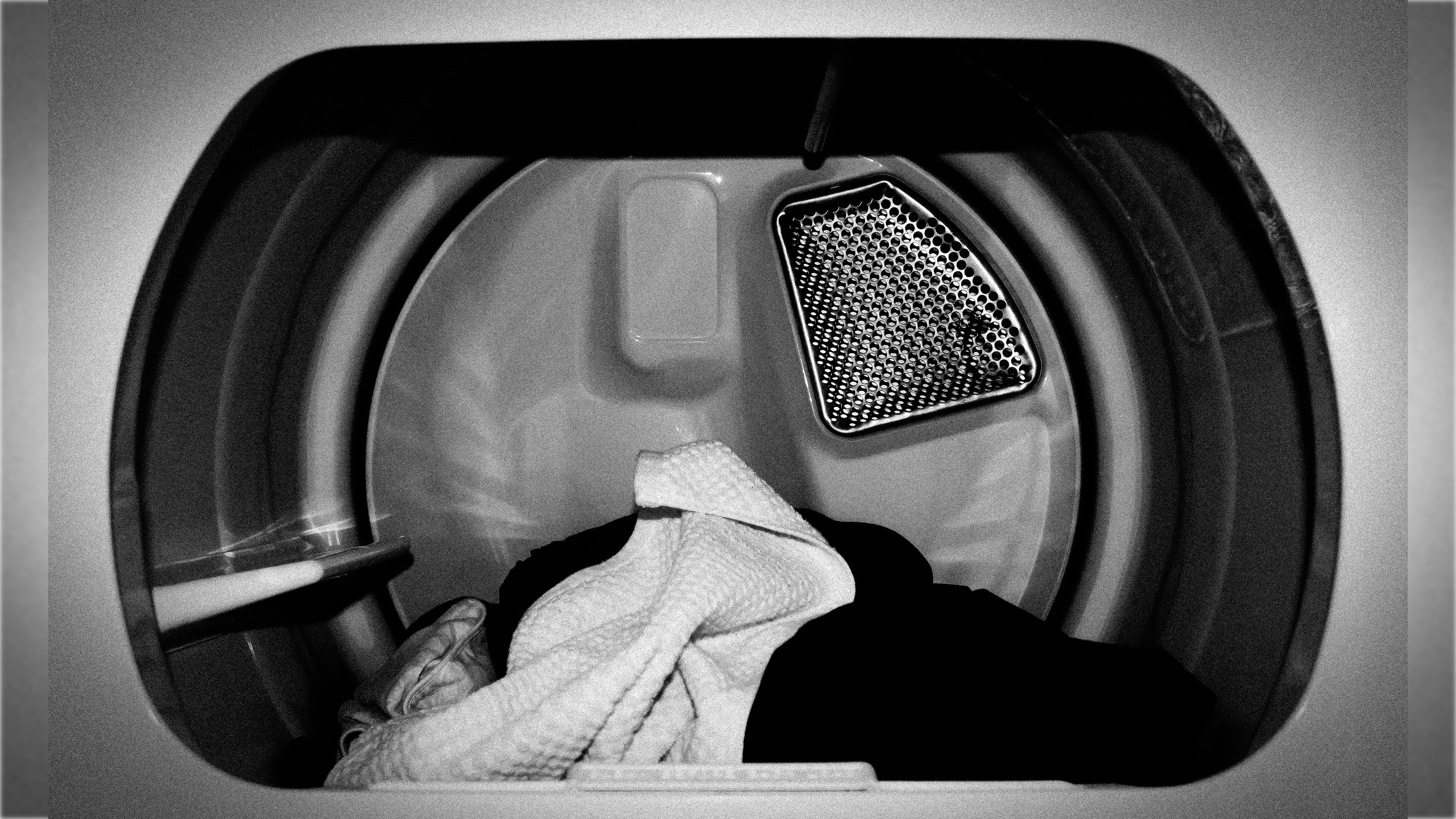
Why Your Dryer Doesn’t Dry Clothes and How to Fix It
In-Depth Examination: Why Your Dryer Doesn’t Dry Clothes and How to Fix It
A dryer is a quintessential appliance in many households, working tirelessly to keep your laundry fresh and dry. However, like any other appliance, a dryer can sometimes disappoint by failing to dry clothes properly. If you’re facing such an issue, you’re not alone. In this article, we’ll delve deeper into the common reasons why your dryer might not be drying clothes adequately and provide solutions to fix these issues.
1. Blocked or Restricted Vent
One of the most prevalent culprits of a dryer not performing up to par is a blocked or restricted vent. The dryer vent is crucial as it expels the hot, moist air from the dryer drum to the outside. Over time, lint, dust, and other debris can accumulate in the vent, severely restricting airflow and thus, leading to inefficient drying. The restriction not only hampers your dryer’s performance but can also pose a fire hazard if not attended to promptly.
**Fix:** Regular maintenance is key. Make a habit of inspecting and cleaning your dryer vent at least once a year, or more frequently depending on your dryer’s usage. You can use a long vent brush to remove any built-up lint and debris from the vent pipe. Moreover, check the vent hood located outside your house to ensure it’s clear and unobstructed. Investing in a dryer vent cleaning kit can be beneficial for maintaining an efficient dryer.
2. Faulty Heating Element
The heating element is another critical component of a dryer. It’s responsible for warming the air before it enters the drum. If the heating element is faulty or damaged, the dryer won’t heat up properly, leading to clothes remaining damp even after a full drying cycle.
**Fix:** Troubleshooting a faulty heating element requires caution, as it involves electrical parts. First, ensure the dryer is unplugged before beginning any work. Access the heating element (usually located at the back or bottom of the machine), and visually inspect it for any breakage or damage. If it appears damaged, it’s time to replace it. Some individuals might feel comfortable replacing the heating element themselves; others might prefer calling a professional.
3. Overloaded Dryer
Overloading your dryer is a common oversight that can lead to inefficient drying. When the dryer is too packed, there’s not enough space for clothes to tumble freely, impairing the machine’s ability to distribute heat evenly. This leads to certain clothes getting more heat than others, resulting in an unevenly dried load.
**Fix:** Do not exceed the manufacturer’s recommended load size. Generally, the drum should be filled to about 75% capacity to allow for optimal tumbling and heat distribution. By adhering to this rule, you ensure that the dryer’s heat reaches every garment and the air circulates properly.
4. Incorrect Settings
In some instances, the issue could be as straightforward as using the wrong dryer settings. Using a low heat setting for heavy, wet items can result in clothes still being damp at the end of the cycle.
**Fix:** Always adjust the settings to match the type of fabric and the load size. Heavier fabrics and larger loads generally require higher heat settings. Familiarize yourself with the different settings on your dryer and utilize them appropriately for the best results.
5. Faulty or Broken Blower Wheel
The blower wheel, in collaboration with the drive motor, draws air into the dryer drum. A faulty or broken blower wheel can lead to insufficient airflow, causing the dryer to take longer to dry clothes or leaving them damp after a cycle.
**Fix:** Regularly inspect the blower wheel for signs of damage or obstructions. It might be filled with lint or other debris, preventing it from spinning properly. If it’s broken or extensively damaged, it will need to be replaced. This task can be accomplished at home with some basic tools and a replacement part, but if you’re unsure, don’t hesitate to call a professional.
6. Worn Out Drum Seals
The drum seals are designed to prevent air from escaping the dryer drum. When these seals wear out or become damaged, they allow hot air to escape from the drum, leading to inefficient drying.
**Fix:** Regularly inspect the drum seals for signs of wear or damage. If they appear worn out or damaged, they should be replaced. This task might be a bit more complicated than others, so seeking professional help might be necessary.
7. Faulty Thermostat
The thermostat in your dryer controls the temperature inside the drum. If it malfunctions, it can lead to overheating or, conversely, not enough heat, both of which can result in clothes not drying properly.
**Fix:** Check the thermostat using a multimeter to test for continuity – a continuous electrical path present in the part. If it shows any signs of malfunction, it should be replaced. Dealing with a faulty thermostat can be tricky, so it might be best to involve a professional if you’re unsure.
8. Damaged or Slipping Drive Belt
The drive belt in your dryer is responsible for turning the drum. If it’s damaged or slipping, the drum may not be turning as it should, preventing the clothes from tumbling and the warm air from distributing evenly.
**Fix:** Inspect the drive belt for any signs of wear or damage. A slipping belt might need repositioning, while a broken or worn-out belt will need to be replaced.
9. Clogged Lint Screen
A clogged lint screen can restrict airflow in the dryer, causing it to run less efficiently. If the lint screen is full, the dryer may not be able to exhaust properly, leading to potentially longer drying times.
**Fix:** Clean the lint screen after every load to ensure optimal performance. If you notice a buildup of residue that doesn’t come off easily, you can clean the screen with warm, soapy water and a soft brush.
10. Inadequate Power Supply
Sometimes, the problem might not be with the dryer itself, but with the power supply. If your dryer isn’t getting enough power, it may run but not heat up enough to dry the clothes properly.
**Fix:** Check to make sure the dryer is firmly plugged into the outlet, and all circuit breakers are on. If you’re unsure, you might want to call an electrician to check the power supply.
It’s important to remember that while many dryer issues can be fixed at home with a bit of troubleshooting, others might require professional expertise. If you’re ever in doubt or uncomfortable performing any maintenance or repairs, don’t hesitate to call a professional. Regularly servicing your dryer can help prevent many issues and extend the lifespan of your appliance.
11. Inefficient Motor
The dryer’s motor is an essential component that drives the blower and the drum. If it’s failing, you might notice the dryer getting excessively hot, making strange noises, or even stopping during a cycle – all leading to ineffective drying.
**Fix:** If you suspect a motor issue, it’s best to seek professional help. Motor repairs or replacements are complex and can be dangerous without the proper knowledge and tools.
12. Sensor Issues
Many modern dryers come equipped with moisture sensors that detect the moisture level in the clothes and adjust the drying time accordingly. If the sensors get dirty or malfunction, they might incorrectly read the moisture levels, causing the dryer to stop before the clothes are fully dry.
**Fix:** Clean the moisture sensors periodically with a bit of rubbing alcohol and a cotton ball to remove any residue that could be affecting their reading. If the problem persists, the sensors might be faulty and need replacing.
13. Restricted Air Intake
The dryer needs to draw in fresh air to work effectively. If the air intake is blocked or restricted, it can reduce the dryer’s efficiency and leave your clothes damp after a cycle.
**Fix:** Make sure the area around the dryer is clean and clear of any items that might obstruct the airflow. Regularly clean any lint or dust that might accumulate around the air intake.
14. Use of Incorrect Detergent
Using the wrong type of detergent can also impact your dryer’s performance. Excessive suds caused by non-HE (high-efficiency) detergents can leave your clothes wetter at the end of the wash cycle, making it harder for the dryer to do its job.
**Fix:** Always use an HE detergent with a front-load or high-efficiency top-load washer. These detergents are designed to produce fewer suds and enhance washing and drying efficiency.
15. Aging Dryer
Like any appliance, a dryer can start losing its efficiency over time. If your dryer is over 10 years old and has been causing problems, its age might be the issue.
**Fix:** If your dryer is old and you’ve been facing regular problems, it might be time to consider a replacement. New models are typically more energy-efficient and come with advanced features that can save you time and money in the long run.
In conclusion, a dryer that’s not drying clothes properly can be a symptom of numerous issues, from simple problems like an overloaded dryer or blocked vent, to more complex issues like a faulty heating element or thermostat. Regular maintenance and cleaning can help prevent many of these problems and extend the life of your dryer. However, when in doubt, it’s always best to consult with a professional to avoid damaging the appliance or causing potential safety hazards.
Appliance repair, Appliance repair in Burnaby, Appliance repair in New Westminster, Appliance repair in Vancouver, Coquitlam, Dishwasher repair, Doctor appliance, Dryer repair, Freezer repair in Burnaby, Fridge repair in Burnaby, Oven repair, Port Coquitlam, Port Moody, Refrigerator repair in Burnaby, Stove repair, Washer repair, Washing machine repair
